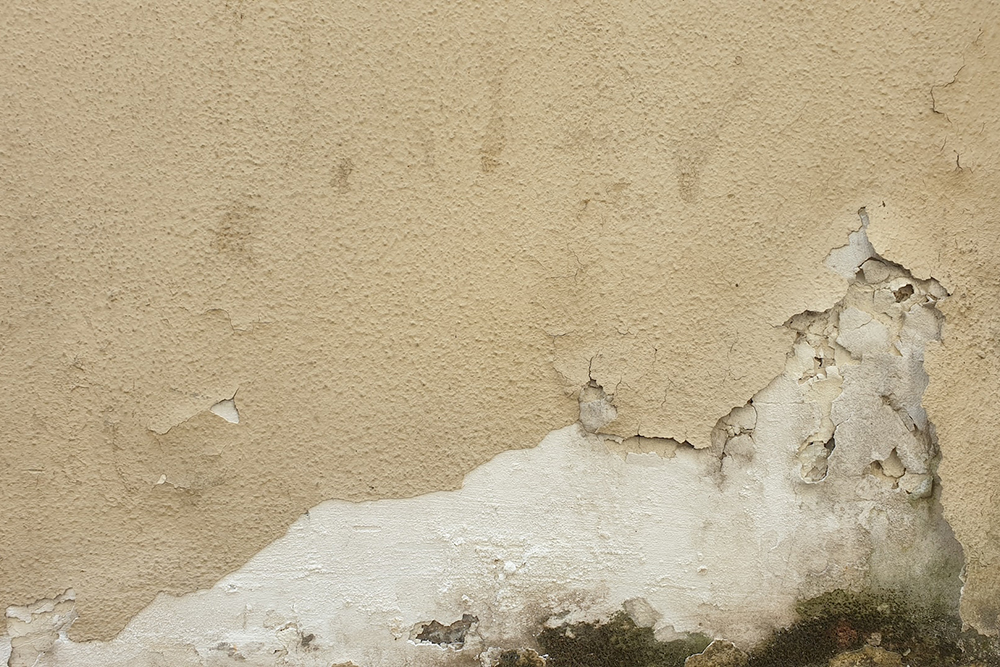
You might not be aware, but rising damp can cause significant damage to your home if left untreated. It’s a common issue in older properties, but can it be dealt with on your own? The answer is both yes and no.
Sure, you can attempt to treat rising damp yourself, using various DIY methods, but it’s not always straightforward. Risks are associated with self-treatment, and sometimes, professional help becomes a necessity.
This guide will walk you through understanding rising damp, recognizing its signs, exploring DIY treatments, and weighing the pros and cons of self-treatment.
Understanding Rising Damp
First, you need to understand what rising damp is before you can effectively treat it yourself. It’s a problem that occurs when ground water seeps up through the walls of your home, causing them to become wet. This isn’t just an aesthetic issue, it can lead to serious structural damage and health problems.
The water’s absorbed into the masonry, travels upwards, and can cause plaster and paint to peel off, while also creating a breeding ground for mould. You’ll usually spot it at the bottom of your walls, with a ‘tide mark’ indicating how high it’s reached.
Understanding the signs and causes of rising damp helps you know when you’re dealing with it, and that’s the first step to treating it yourself.
Signs of Rising Damp
You’ll notice several clear signs when dealing with rising damp in your home.
The most common symptom is a tide mark that appears on your lower walls. This is a result of salts in the ground water crystallising as it evaporates.
Another sign to look out for is peeling paint or wallpaper.
You may also notice damp or musty smells, especially in basements or ground floor rooms.
Crumbling or rotting skirting boards are another telltale sign, as is black mould appearing on walls.
It’s crucial to spot these signs early as prolonged exposure to rising damp can cause structural damage.
If you’re unsure, it’s always best to consult a professional.
DIY Damp Treatment Methods
If you’ve spotted the signs of rising damp and want to tackle the issue yourself, there are several DIY treatment methods you can consider.
Firstly, try to identify and rectify the source of moisture. This could be a leaky pipe, poor ventilation or inadequate drainage. Once done, you can apply a damp-proofing product to the affected areas. These are readily available at most home improvement stores.
Another method is to install a physical damp proof course (DPC). This involves injecting a water-repellent chemical into your walls to prevent moisture from rising. However, this is a more complex task and might require professional assistance.
Risks of Self-Treatment
While self-treatment for rising damp might seem cost-effective, it’s important to be aware of the potential risks and pitfalls. Mistakes could lead to ineffective treatment, causing the issue to worsen over time. DIY methods may fail to reach the root cause, merely masking symptoms temporarily. You could also risk damaging your property further, potentially devaluing it.
There’s the danger of using inappropriate materials or methods, which could exacerbate the problem. Plus, there’s your own personal safety to consider. Without proper training and equipment, you’re exposing yourself to potential harm.
In the end, the cost of professional remediation after failed DIY attempts might be far greater than hiring a specialist in the first place. It’s crucial to weigh these risks before deciding to treat rising damp yourself.
Benefits of Professional Help
Often, getting professional help for rising damp is the most beneficial approach you can take. Experts in the field have extensive training and experience which allows them to identify the root cause of the damp, rather than just treating the symptoms. They’ve got the right tools and materials to treat the issue effectively and prevent it from recurring.
Hiring a professional can also save you time and money in the long run. You won’t have to worry about spending your weekends tackling a problem you’re not sure how to fix. Plus, if the damp returns after a DIY treatment, you’ll likely have to pay for professional services anyway. So, it’s worth getting it done right the first time.
Frequently Asked Questions
What Specific Tools or Equipment Are Required for a DIY Rising Damp Treatment?
You’ll need a few specific tools to treat rising damp yourself. These include:
– A drill
– Injection gun
– Damp proofing cream
– Gloves
– Goggles
– Dust sheet to protect your floor from any potential mess.
How Long Does a DIY Damp Treatment Process Usually Take?
The length of a DIY damp treatment process varies. It can take a few days to weeks, depending on the extent of the damp and the method used.
Patience is key, don’t rush the drying process.
Are There Any Specific Safety Measures That Need to Be Considered While Treating Rising Damp at Home?
Yes, safety measures are crucial when handling rising damp.
Always wear protective clothing, use safe handling procedures for chemicals, and ensure good ventilation.
Don’t neglect professional advice if you’re unsure about any aspect of the process.
Can I Apply DIY Damp Treatment Methods to Any Type of Building or Are There Restrictions?
Yes, you can apply DIY damp treatment methods to most types of buildings. However, it’s crucial to understand the building’s structure and materials to avoid potential damage.
Some historic properties may have restrictions.
Conclusion
So, can you treat rising damp yourself?
While there are DIY methods you can try, it’s crucial to understand the risks involved and the complexity of the work. You might miss signs of severe damage or apply treatments incorrectly which can lead to bigger issues.
Considering the long-term effects and potential costs of untreated damp, getting professional help often proves more beneficial.
If you would like help with resolving rising damp, speak to us today by calling 0432 899 026 or emailing info@smrbuilders.com.au.